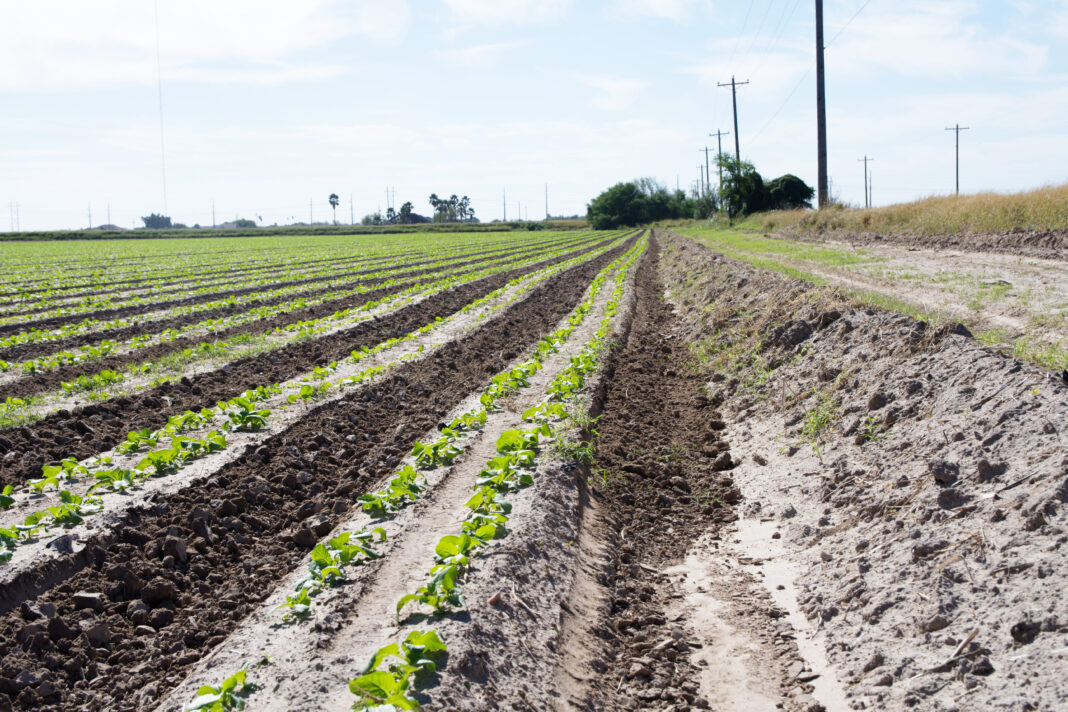A difficult growing year that began with February’s hard freeze and continued with excessive rainfall during the summer is reverting to historical norms.
The Rio Grande Valley’s second season, the province of cool-weather crops like onions, carrots and leafy greens, has been relatively good and that has many growers optimistic.
“We’ve had some favorable weather, and yes, we’ve had some rains in the fields a little bit, but for the most part the onions got planted, along with the other leafy greens, cabbage and carrots are coming along, so we’re sitting pretty good in terms of our planting season,” said Juan Anciso, an associate professor of biological and agricultural engineering with Texas A&M AgriLife Research in Weslaco.
“We always grow quite a diverse amount of cool-season vegetables in our winter time, and there are 40 to 50 different vegetables that we grow,” he added.
These row crops include vegetables such as spinach, parsley, cilantro, collard greens, okra and celery.
This year, onion acreage in South Texas is still at about 6,000 acres, with 1,500 to 2,000 acres of carrots planted, Texas A&M AgriLife reported.
The Valley is blessed with a climate that allows for two growing seasons. Yet winter planting needs to be precise, since onions take 160 to 170 days from planting harvest, cabbage takes 90 to 110 days and carrots take 90-plus days for fresh market and 150 to 180 days for those being processed, AgriLife says.
Miss the window, and the hot weather come spring can wreak havoc on a crop right at the end.
Like consumers, growers also are feeling the pinch of inflationary tendencies in the economy, with their costs up an estimated 30 percent, Anciso said.
“We did have a meeting with growers about a month ago, or a month-and-a-half, and of course we were trying to get the economics of things and pretty much the main thing that came out is that growers had a consensus that costs had gone up 30 percent and that consensus was based on their supplies like drip irrigation tubing, plastics, plastic mulch, their diesel, their fertilizer costs, all of these up-front costs have gone up quite a bit,” Anciso said.
Anciso added we can expect increases in the price of produce, but noted much of the added cost is coming from within the supply chain, and not necessarily from growers.
“What I think is happening is most of those increased costs we’re seeing at the grocery store are really for the middle man, the transportation, all those kind of things, and there’s very little getting back to the grower, the ranchers, the meatpackers,” Anciso said. “I think that kind of gives a false impression to people thinking that the farmers are getting it. Maybe they’re getting a little bit more but not that same percentage that you’re seeing at the store that consumers are paying.”
“Same old story for farmers,” he added. “Terrible, terrible, terrible, but the same old story.”





